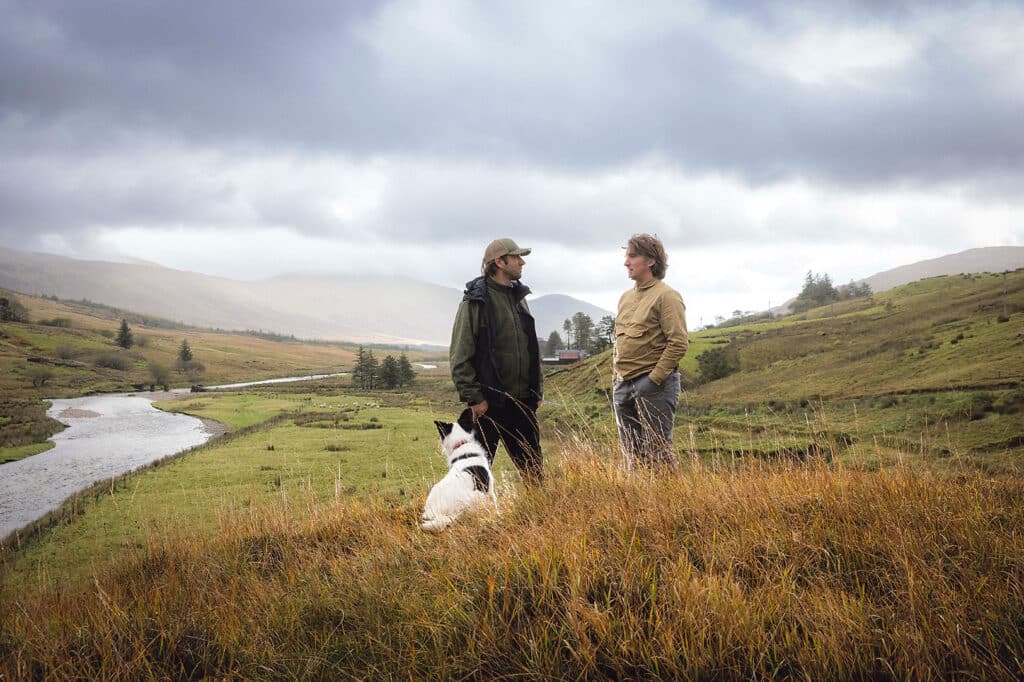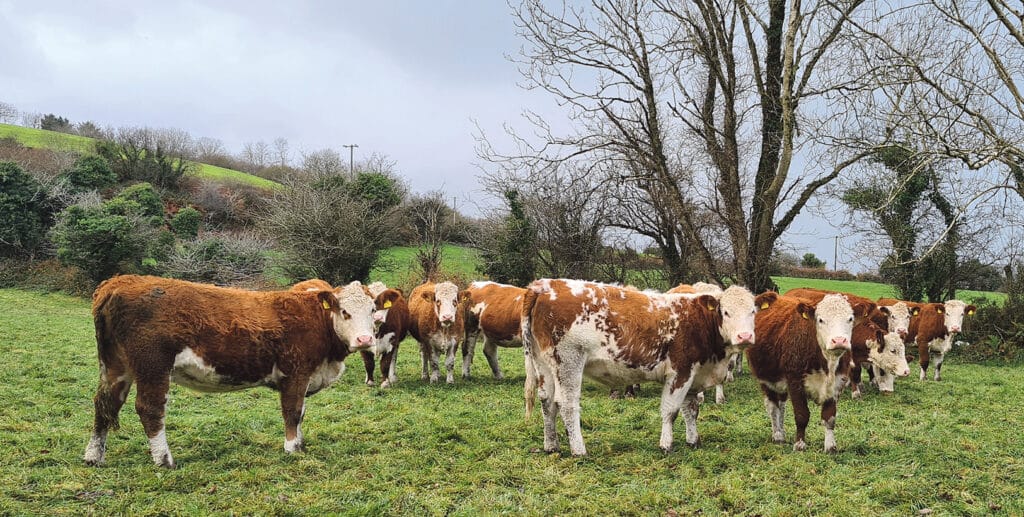An ambitious €12 million euro plan to restore more than 4,000 acres of wild woodland in the west of Ireland has been launched. The Wild Atlantic Rainforest Project is spearheaded by Hometree, a not-for-profit organisation based in west Clare. It works to establish and conserve permanent native woodland in Ireland through restoration, afforestation, and education.The multi-million euro plan is targeting the reforestation of eight sites from Cork to Donegal. Tommy Moyles reports.

Hometree is headquartered in Ennistymon, west Clare, and employs seven people. Working to establish and conserve permanent native woodland in Ireland through restoration, afforestation, and education, the not-for-profit organisation has a well-established record of working closely with the communities it operates within. The organisations involvement in a European Innovation Project (EIP) with landowners in the Glendine Valley in County Clare resulted in hundreds of thousands of native trees being planted and has delivered over €750,000 worth of community and agri-environmental projects over the last three years.
They have issued a funding call and are now inviting public, private and corporate partners to join the project. Historically, up to 80 per cent of Ireland was covered in wild forests of birch, pine and oak. Today only one per cent remains and fragments of rainforests cling on in gullies, cliff faces and secluded islands.
The Wild Atlantic Rainforest Project aims to restore 4,000 acres over eight sites. Phase one has already begun, with the purchase by Hometree in October of the 280-acre Knockaunbaun site in Connemara’s Gaeltacht region. The area has been overgrazed to the point where as few as ten native trees remain on the entire site.
Other project destinations include West Cork, Kerry, Clare, Galway, Mayo, Sligo and Donegal. The hubs will be created on large, contiguous parcels of land, the sort typically used for sheep farming as the rainforests don’t need deep rich soils to grow.
Matt Smith, CEO of HomeTree said: “The Wild Atlantic Rainforest Project is all about creating woodlands where they once existed. Our vision for the spaces is not limited to woodland creation; we’ll also restore blanket bogs, species-rich grasslands, and hopefully support vibrant human communities. This is a unique opportunity to build climate resilience and repair our connection with nature. The natural habitat of our western uplands is temperate rainforests, with flora and fauna that only exists in five or six parts of the world. It would be fantastic to see some of it restored.”
Project Lead Ray Ó Foghlú says Hometree is hopeful of broad support in this very worthwhile and important project, “We are a charity working with an independent board of specialists across areas such as science, ecology and forestation, all unified in our mission to create a better and more sustainable eco-system for future generations in Ireland. Until now, all Hometree’s woodland creation sites have been made possible by grassroots contributions, but the scale of the Wild Atlantic Rainforest Project will require a broader network of public, private and corporate partners coming together for a project that will resonate with every home in Ireland.”
O’Foghlu said: “Initially we created a hub around one site near Ennistymon in Co Clare and began working with local farmers who were interested. We have 10 neighbouring farmers and each put a varying percentage of their farm towards planting. They were farmers who had a genuine interest in the project and on average planted 3,000 trees per farm. Most put 10 to 15 per cent of their farm in trees and their existing farm enterprises continue to exist as normal. It’s been successful to date and we’d like to build on that.”
“The project also tries to tie in with existing forestry schemes where possible and we are planting trees where appropriate and currently putting a fund in place, which allows a one off top up payment for participants in the native woodland scheme.”
Oak, willow and birch are among the native trees that will be planted. They are ideally suited for life in the wet, humid uplands and can support immense biodiversity. Each tree can host up to three hundred insect species, as well as thousands of lichens, fungi and moss. They also provide excellent habitat for rare pine martens, red squirrels and even the white-tailed sea eagle. The woodlands can turn hills from sources of carbon into powerful carbon sinks; in the process they can build soil, clean air and filter river water.
Despite only launching in late November, it’s received good interest to date including from farmers but more is always welcome said Ray.
“We’re looking for support, so if farmers want to get involved, they could contact us and we’ll be creating a data base for the next six months or so. It’s largely targeted at more marginal land and we’re getting a good bit of interest so far.”
As part of the plan, HomeTree has allocated a budget of €2.4 million for the local community, farmers, and landowners. The money will be focused on tree plans that best serve farmers, as well on creating access to public amenities, and supporting landowners in protecting critical ecosystems on their lands.



